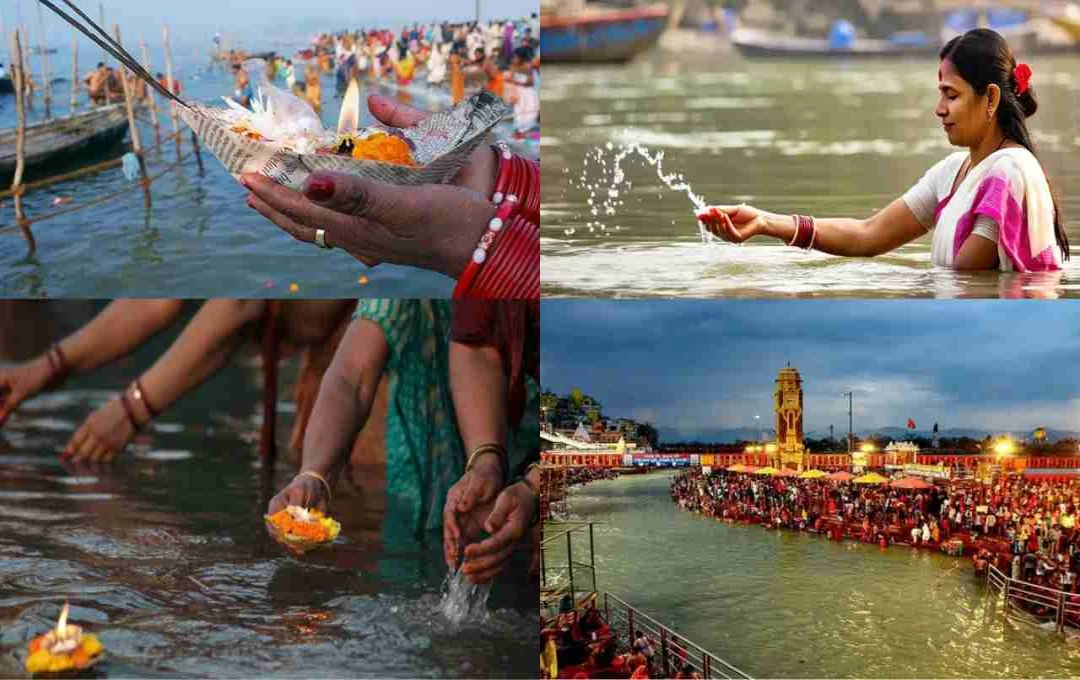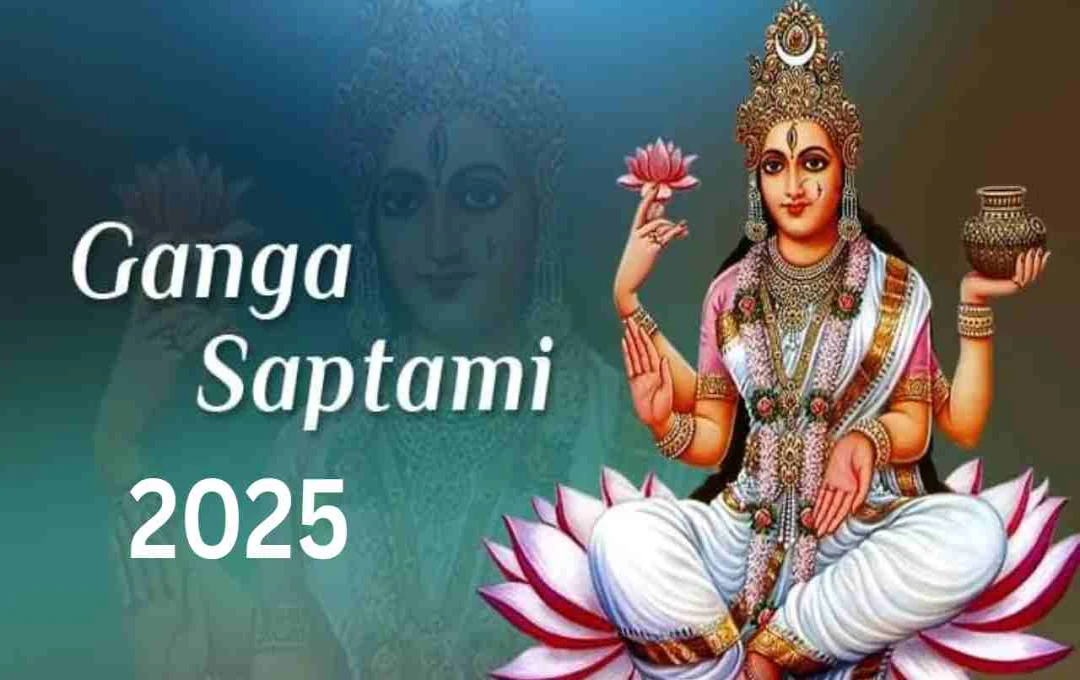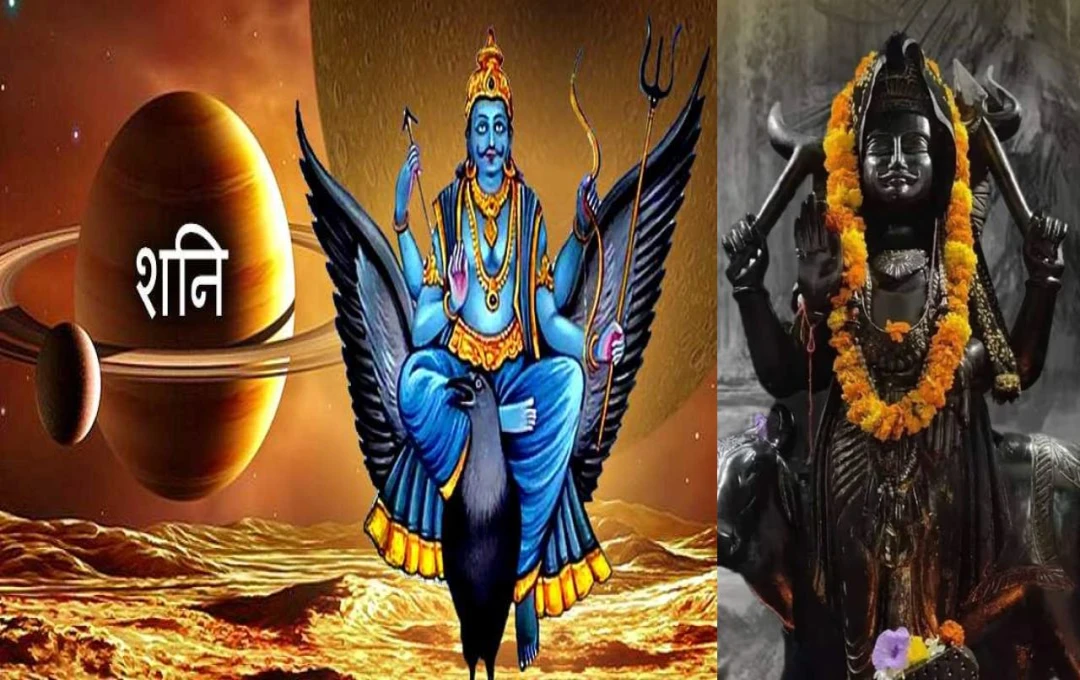Ganga Dussehra is a highly sacred and spiritual festival in Hinduism, observed annually on the Dashami tithi of the Shukla Paksha in the Jyeshtha month. It commemorates the descent of Mother Ganga to Earth, celebrated with reverence and devotion. Ganga snan (bathing in the Ganges), charity (daan), and worship (pujan) hold special significance on this day. Ganga Dussehra symbolizes self-purification, the destruction of sins, and the attainment of moksha (liberation). Let's explore the significance, history, worship methods, and the spiritual message of this festival in a modern context.
Ganga Dussehra: An Introduction to a Sacred Festival

Ganga Dussehra is celebrated annually on Shukla Dashami of the Jyeshtha month, according to the Hindu calendar. This festival marks the descent of the Ganges River to Earth. It's called "Dussehra" because it's believed to destroy ten sins—three Kayika (physical), four Vaachik (verbal), and three Mansik (mental) sins.
Bathing in the Ganges River on Ganga Dussehra is believed to cleanse a person of all sins and lead to moksha. This is why millions of devotees gather at the ghats of the Ganges every year on this day.
The Descent of Mother Ganga: A Mythological Tale
A very inspiring and spiritual story is associated with Ganga Dussehra. According to the Puranas, Mother Ganga descended to Earth from the locks of Lord Shiva. King Bhagiratha performed severe penance to liberate his ancestors. Pleased by his devotion, Lord Brahma promised to send Ganga to Earth, but Lord Shiva's help was needed to control her powerful flow.
Lord Shiva accommodated Mother Ganga in his locks and, gently calming her forceful current, gradually allowed her to flow to Earth. The auspicious day of Mother Ganga's arrival on Earth is celebrated as Ganga Dussehra. This day is dedicated to the memory of her descent.
Religious Significance of Ganga Dussehra
In Hinduism, rivers are revered as mothers, but the Ganges is considered the most sacred and divine. It is known by many names, such as ‘Bhagirathi’, ‘Tripathga’, and ‘Vishnupada’.
Bathing in the Ganges on Ganga Dussehra purifies the body, mind, and soul. Immersing oneself in the sacred water is believed to destroy ten types of sins—hence the name 'Dussehra'.
Many devotees visit sacred sites like Varanasi, Haridwar, Rishikesh, and Prayagraj to bathe and perform pujas on this day. People bring Ganga water home, which is used in future religious rituals.
Worship Method of Ganga Dussehra
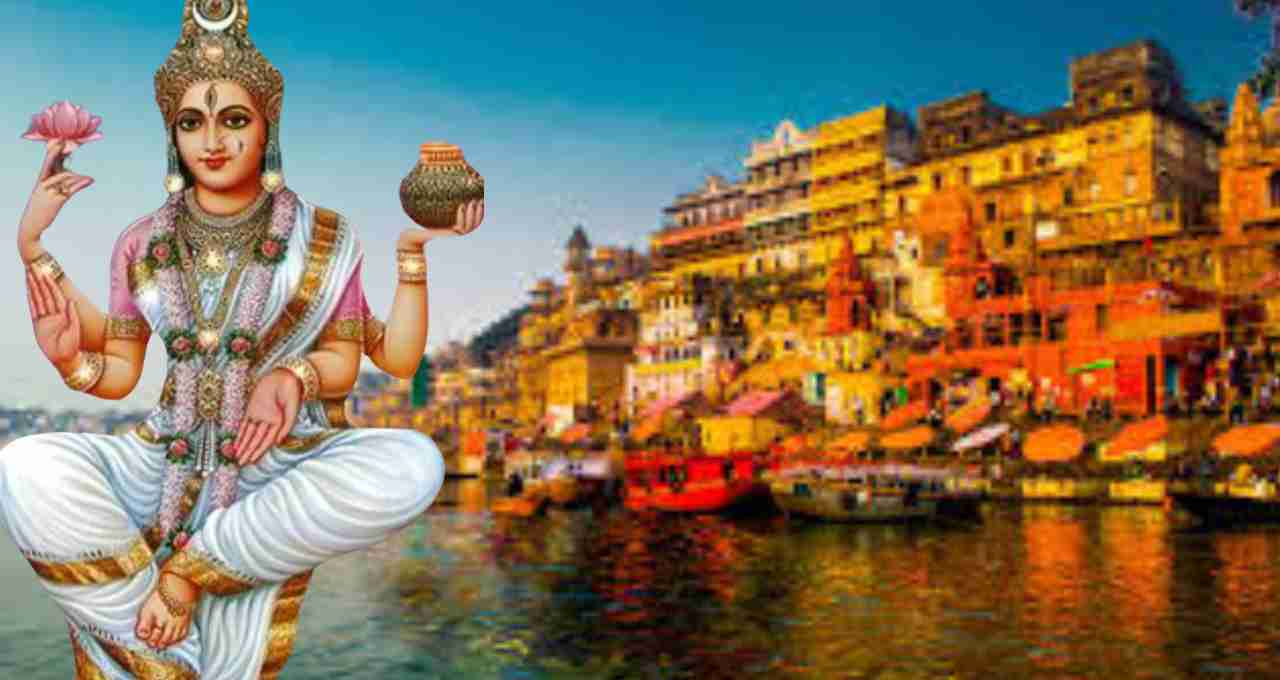
The Ganga Dussehra puja is simple yet highly impactful. On this day, people wake up early in Brahma Muhurta and bathe in the sacred river or perform puja at home using Ganga water.
- The puja includes:
- Abhisheka (ritual bathing) with Ganga water
- Offering water, flowers, incense, and lamps to the idols or pictures of Lord Shiva and Mother Ganga
- Observing a fast and consuming pure vegetarian food
- Giving charity—especially donations like fans, water vessels, clothes, and food grains
- Those who cannot be near the Ganges River can perform puja at home using water mixed with Ganga jal.
Social and Cultural Aspects of Ganga Dussehra
Ganga Dussehra is not just a festival of religious faith; it also holds deep social and cultural significance. This festival inspires water conservation, cleanliness, and respect for nature.
The Ganges River is not only a religious symbol but also the lifeline of millions. On this day, people clean their homes, streets, and ghats to maintain the purity of Mother Ganga.
In recent years, government initiatives like 'Namami Gange' have been launched to clean and de-pollute the Ganges. Ganga Dussehra reminds us that rivers are not just for worship but for life itself.
Scientific Importance of Ganga Water
Ganga water is considered unique not only from a religious perspective but also scientifically. According to scientific research, Ganga water contains micro-elements that keep the water pure and fresh for a long time.
Furthermore, Ganga water possesses antibacterial properties, making it purer and more sacred than other water sources.
Relevance of Ganga Dussehra in the Modern Era
In the face of environmental crises and water pollution challenges, the message of Ganga Dussehra has become even more critical. This festival instills in us a sense of responsibility towards water conservation, cleanliness, and nature.
We should not only worship the Ganges on this day but also resolve to protect it throughout the year. Protecting Mother Ganga is protecting life and future generations.
Some Folk Traditions Associated with Ganga Dussehra
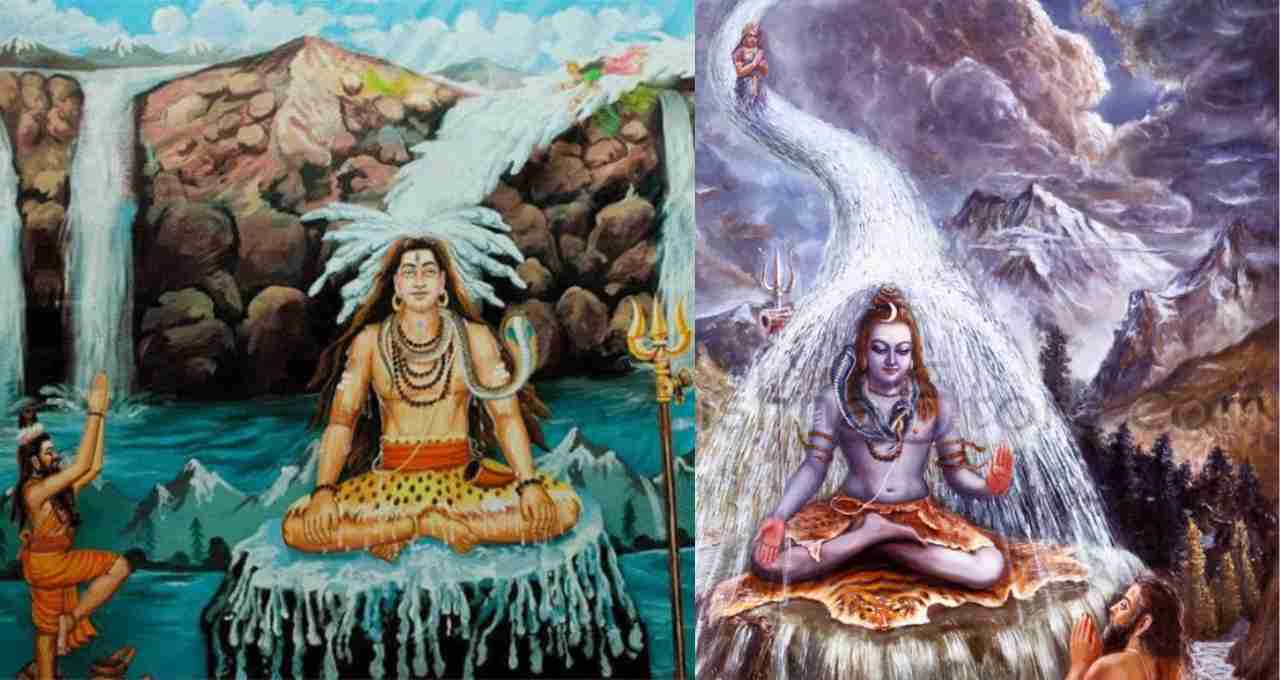
- In many regions, donating nine boats is considered auspicious on this day.
- Feeding jaggery and chickpeas to cows earns merit.
- Donating water vessels, fans, clothes, and food to the poor increases good fortune.
- Recitation of Ganga Stuti and Bhagirathi Stotra is also performed on this day.
How to Engage Children and Youth with This Festival?
Today's younger generation is progressing towards modernity but drifting away from traditional values. Therefore, it's essential to connect children with festivals like Ganga Dussehra:
- Tell them the mythological story of the Ganges.
- Explain the importance of Ganga water.
- Involve them in Ganga cleaning campaigns.
- Perform puja together at home.
- Ganga Dussehra - A confluence of faith and awareness.
Ganga Dussehra is not just a date but a symbol of faith, reverence, environmental awareness, and spiritual purification. This festival inspires us to understand the importance of Mother Ganga, bring restraint and purity into our lives, and fulfill our duties towards society and nature.
